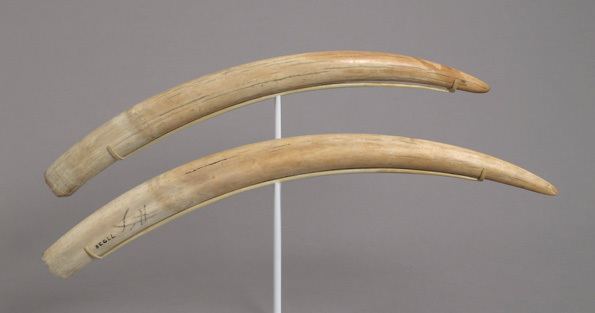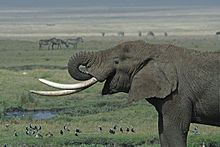 | ||
Tusk s theme icehaven fully edited killer instinct season 3
Tusks are elongated, continuously growing front teeth, usually but not always in pairs, that protrude well beyond the mouth of certain mammal species. They are most commonly canines, as with warthogs, pig, and walruses, or, in the case of elephants, elongated incisors. In most tusked species both the males and the females have tusks although the males' are larger. Tusks are generally curved, though the narwhal's sole tusk is straight and has a helical structure. In the elephant, the tusks were originally second incisors. Continuous growth is enabled by formative tissues in the apical openings of the roots of the teeth. In earlier times elephant tusks weighing over 200 pounds (more than 90 kg) were not uncommon, though it is rare today to see any over 100 pounds (45 kg).
Contents
- Tusk s theme icehaven fully edited killer instinct season 3
- Tusk official comic con trailer 2014 kevin smith horror comedy hd
- Function
- Use by humans
- References
Tusk official comic con trailer 2014 kevin smith horror comedy hd
Function

Tusks have a variety of uses depending on the animal. Social displays of dominance, particularly among males, are common, as is their use in defense against attackers. Elephants use their tusks as digging and boring tools. Walruses use their tusks to grip on ice and to haul out on ice. The presence of a tusk in only the male narwhals suggests that for these whales the tusk is a secondary sex characteristic.
Use by humans

Tusks are used by humans to produce ivory, which is used in artifacts and jewellery, and formerly in other items such as piano keys. Consequently, many tusk-bearing species have been hunted commercially and several are endangered. The ivory trade has been severely restricted by the United Nations Convention on International Trade in Endangered Species of Wild Fauna and Flora (CITES).
